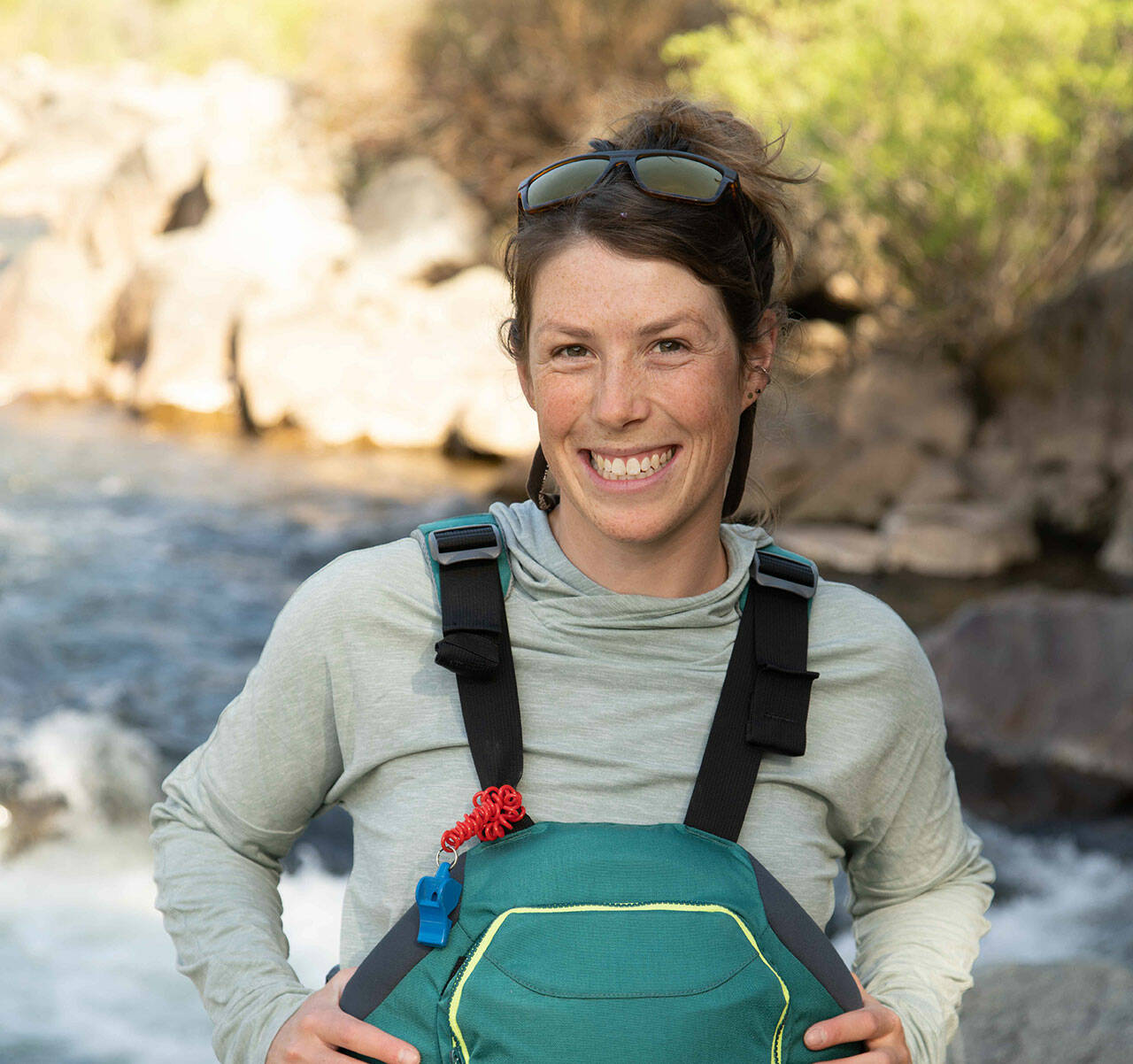Traversing more than 1,000 miles along the Salmon, Snake and Columbia Rivers via kayak are four women on a “source to sea” journey – following salmon’s natural migration path until they reach the Pacific Ocean.
Among them is Alia Payne, who grew up on Vashon and graduated from Vashon Island High School in 2011. Payne is also creating a short film of the group’s journey.
“We are highlighting the declining salmon populations of this river basin,” said Payne in a phone interview with The Beachcomber.
She added that the group, Salmon Source to Sea, is advocating for the breaching of the lower Snake River dams, as well as placing a moratorium on the Stibnite Gold Project, which is slated to be placed at a fork of the Salmon River.
The group, which includes Elizabeth Tobey, Brooke Hess, and Hailey Thompson, set out on their kayaking journey in late April, and plan to end their trip as of July 14, when they expect to reach Astoria, Oregon, and the Pacific Ocean.
Initially, the scope of the trip was meant to be smaller, said Payne. Hess and Tobey had originally intended to whitewater kayak by themselves and capture the adventure on GoPro cameras, but reached out to Payne due to her background in filmmaking.
While Payne studied geology at Macalester College in Saint Paul, Minnesota, she also took film classes simultaneously at a nearby arts school.
After graduation, Payne did freelance filmmaking and prior to COVID, worked at a video production company making videos for Silicon Valley tech.
She has also been a whitewater rafting guide for the last five years, most recently guiding on the Tuolumne River in California, which flows from the high Sierra Nevada down to the San Joaquin River.
“Filmmaking, science, and whitewater all came together in a really beautiful way for this project,” said Payne.
Payne said she is grateful for the opportunity and challenge the kayaking journey has given her, especially as a filmmaker.
“It kind of feels like I’m almost going to grad school right now, but it’s super speeded up,” she said.
Post-production on the film will begin once the team is back on land and they have completed the journey. The release date for the film has yet to be announced, as the group is still pursuing funding for the project.
As part of their journey, the women are engaging with communities along the way, as they are committed to bringing in relevant voices to tell the story of the salmon and the Stibnite Project.
Payne sees the film she is creating as “a journey of our learning,” adding that she and the women on the kayaking journey are not absolute experts on the issues, but are among those who are highlighting what is happening in the region.
“It feels very important that we are including…tribal voices, who have been leading this fight for a long time, as well as trying to get some balanced perspectives on the dams and mine,” said Payne.
Salmon Source to Sea has also partnered with local organizations such as the Vashon Backbone Campaign and Save Our wild Salmon.
“It’s an honor to be a partner in this project and watch their progress,” said Joseph Bogaard, executive director of Save Our wild Salmon.
Bogaard added that Save Our wild Salmon was “moved and inspired” by all four women, and knows this is a moment of “tremendous urgency and opportunity” regarding the salmon crisis.
He acknowledged that both Gov. Jay Inslee and Senator Patty Murray have made commitments to comprehensive salmon recovery in the Columbia River Basin.
In a joint statement by Inslee and Murray in Oct. 2021, the politicians announced that they were launching a “…joint federal-state process to determine whether there are reasonable means for replacing the benefits provided by the Lower Snake River Dams, sufficient to support breach as part of a salmon recovery strategy for the Snake River and the Pacific Northwest.”
The recommendations will be completed no later than July 31, 2022, according to the statement.
For Payne, she hopes that those who track the group’s progress or watch the short film will gain an understanding of the ecosystems they are traveling through, and the resilience of salmon. However, she also calls this moment a “last call to action.”
“We may not be the perfect people for the journey, but it’s been really special to be the thread that links together all the work that is currently being done and just elevating the importance of this moment in time,” said Payne.
Note: To follow Salmon Source to Sea’s journey, visit their website at salmonsourcetosea.com.


